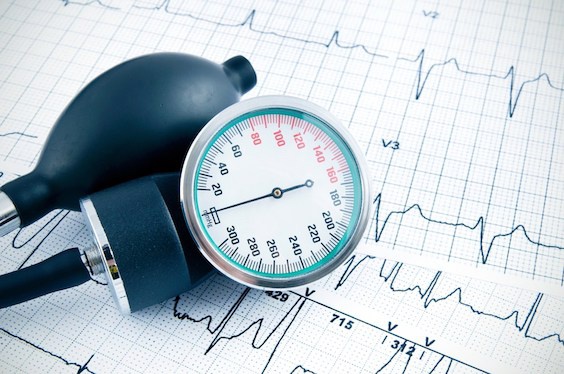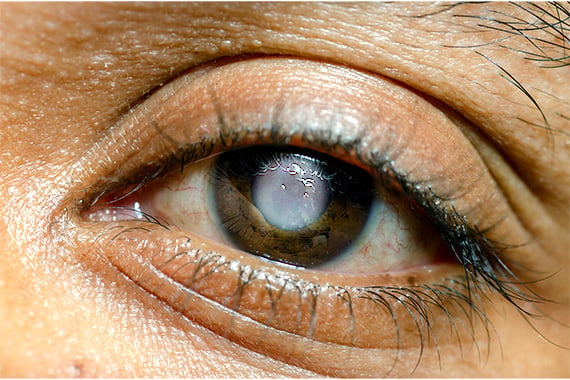Oral Cancer Awareness and Blood Pressure Machine Accuracy

Blood pressure (BP) is the force of circulating blood against artery walls, measured in millimeters of mercury (mm Hg). It's expressed as systolic pressure (top number, during heartbeats) and diastolic pressure (bottom number, between beats). BP varies and can be high (hypertension) or low (hypotension). Minor low BP is usually not a concern, but high BP requires monitoring. Healthy BP is typically under 120/80 mm Hg, varying with age. High BP can lead to heart diseases and stroke, making it crucial to manage BP. Factors influencing BP include heart rate, artery size, blood volume, artery elasticity, stress, age, medications, diet, exercise, and weight. Faster heart rate, narrower arteries, more blood volume, stiffer arteries, stress, age, and high-sodium diets raise BP, while exercise helps lower it. Obesity increases the risk of high BP.
Hypertension is consistently high BP (130/80 mm Hg or higher), often symptomless until complications arise. Hypotension is consistently low BP (below 90/60 mm Hg), causing dizziness and fainting. Manual BP machines use a cuff, inflation bulb, and stethoscope to listen for Korotkoff sounds as pressure is released. Healthcare professionals note systolic and diastolic pressures. Manual machines, especially mercury sphygmomanometers, are highly accurate when used by trained professionals, relying on direct auscultation to detect subtle changes. They don't depend on batteries, are cost-effective, and widely used in clinics. However, they require training, are slower, and can be influenced by environmental factors and patient anxiety, making them less ideal for self-monitoring.
Digital BP machines automatically inflate the cuff and use electronic sensors to detect blood flow, displaying results on a digital screen. They are user-friendly, requiring no training for home self-monitoring. They provide quick readings, memory functions, and often display pulse rate. Digital monitors have moderate to high accuracy, but can be inaccurate in 5-15% of people due to cuff size, movement, or irregular heart rhythms. They may struggle with arrhythmias and can be affected by improper cuff placement. Doctors often recommend averaging three readings.
Manual devices are more accurate when used correctly, allowing direct listening to blood flow. Digital devices offer convenience but can miss subtle variations. Manual measurement remains the reference standard in clinical settings, especially for critical patients. Digital devices are widely accepted for routine home monitoring. Accuracy matters for diagnosing hypertension and guiding treatment. Inaccurate readings can lead to misdiagnosis or missed treatment. Manual devices are preferred in hospitals, while digital devices empower home monitoring.
Choose manual BP machines for highest accuracy, irregular heartbeat detection, and cost-effectiveness, and digital BP machines for simple, quick home monitoring and tracking readings. Both types have their place in managing hypertension. Digital monitors have improved and are accurate for most people, but manual devices remain the gold standard in clinical settings.
In a related initiative, Merck Specialities, with hospitals across India, launched the “Two-Minute Action for Oral Cancer Protection” campaign under #ActAgainstOralCancer. This seeks to reduce oral cancer incidence by promoting self-examination using a mirror. With 65% of cases detected late due to lack of awareness, the campaign emphasizes early detection via Feel, Look, and Act: scanning for red or white patches, ulcers, bleeding, swelling, or voice changes to identify warning signs early.
Mirrors will be placed in hospital waiting areas to promote self-checks. Dr Jeyhan Dhabhar noted that head and neck cancer is common in India, with rising oral cancer cases. People are unaware of symptoms and don’t self-examine, unlike routine breast cancer checks. A two-minute mirror check monthly can improve treatment outcomes. India has the highest number of head and neck cancer cases globally, with approximately 200,000 new diagnoses annually. In 2022, over 100,000 cases were lip and oral cavity cancer, 65% of total cases, with 60–70% diagnosed at advanced stages. Dr Jimmy Mirani added that early detection through looking, feeling, and acting quickly if signs are noticed increases cure chances.
Dr Delnaz J. Dhabhar emphasized the role of early palliative care for pain management, nutrition, and emotional support. The campaign also highlights causes like tobacco, alcohol, and HPV, and complications like difficulty speaking and swallowing. Through awareness and self-checks, the campaign aims to reduce late-stage diagnoses and improve survival.










